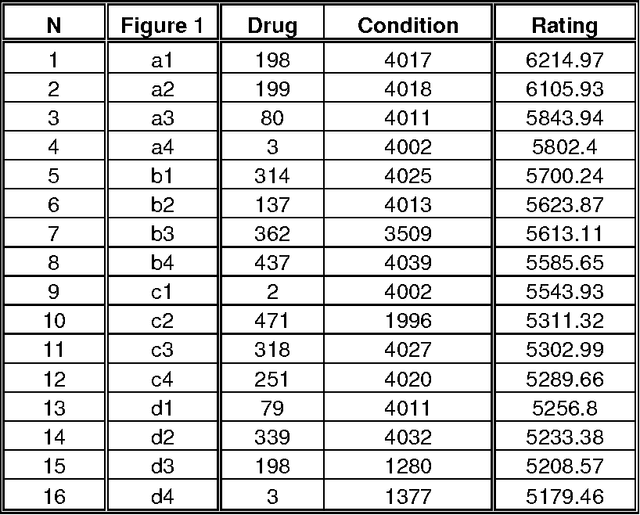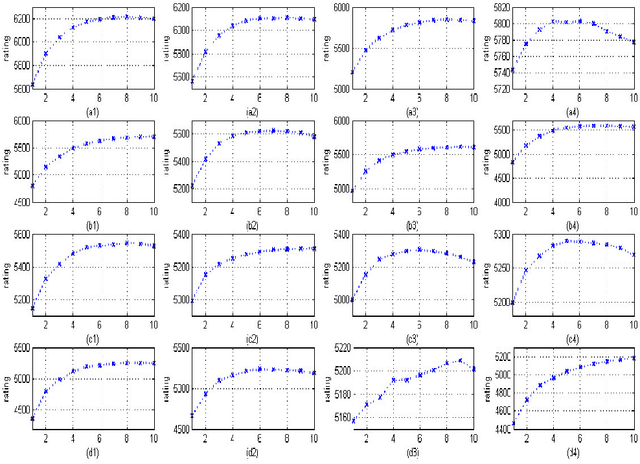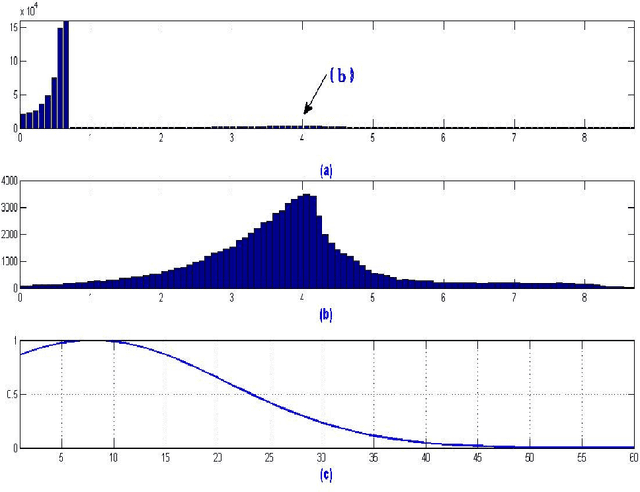Identifying relationships between drugs and medical conditions: winning experience in the Challenge 2 of the OMOP 2010 Cup
Paper and Code
Oct 04, 2011


There is a growing interest in using a longitudinal observational databases to detect drug safety signal. In this paper we present a novel method, which we used online during the OMOP Cup. We consider homogeneous ensembling, which is based on random re-sampling (known, also, as bagging) as a main innovation compared to the previous publications in the related field. This study is based on a very large simulated database of the 10 million patients records, which was created by the Observational Medical Outcomes Partnership (OMOP). Compared to the traditional classification problem, the given data are unlabelled. The objective of this study is to discover hidden associations between drugs and conditions. The main idea of the approach, which we used during the OMOP Cup is to compare the numbers of observed and expected patterns. This comparison may be organised in several different ways, and the outcomes (base learners) may be quite different as well. It is proposed to construct the final decision function as an ensemble of the base learners. Our method was recognised formally by the Organisers of the OMOP Cup as a top performing method for the Challenge N2.
 Add to Chrome
Add to Chrome Add to Firefox
Add to Firefox Add to Edge
Add to Edge